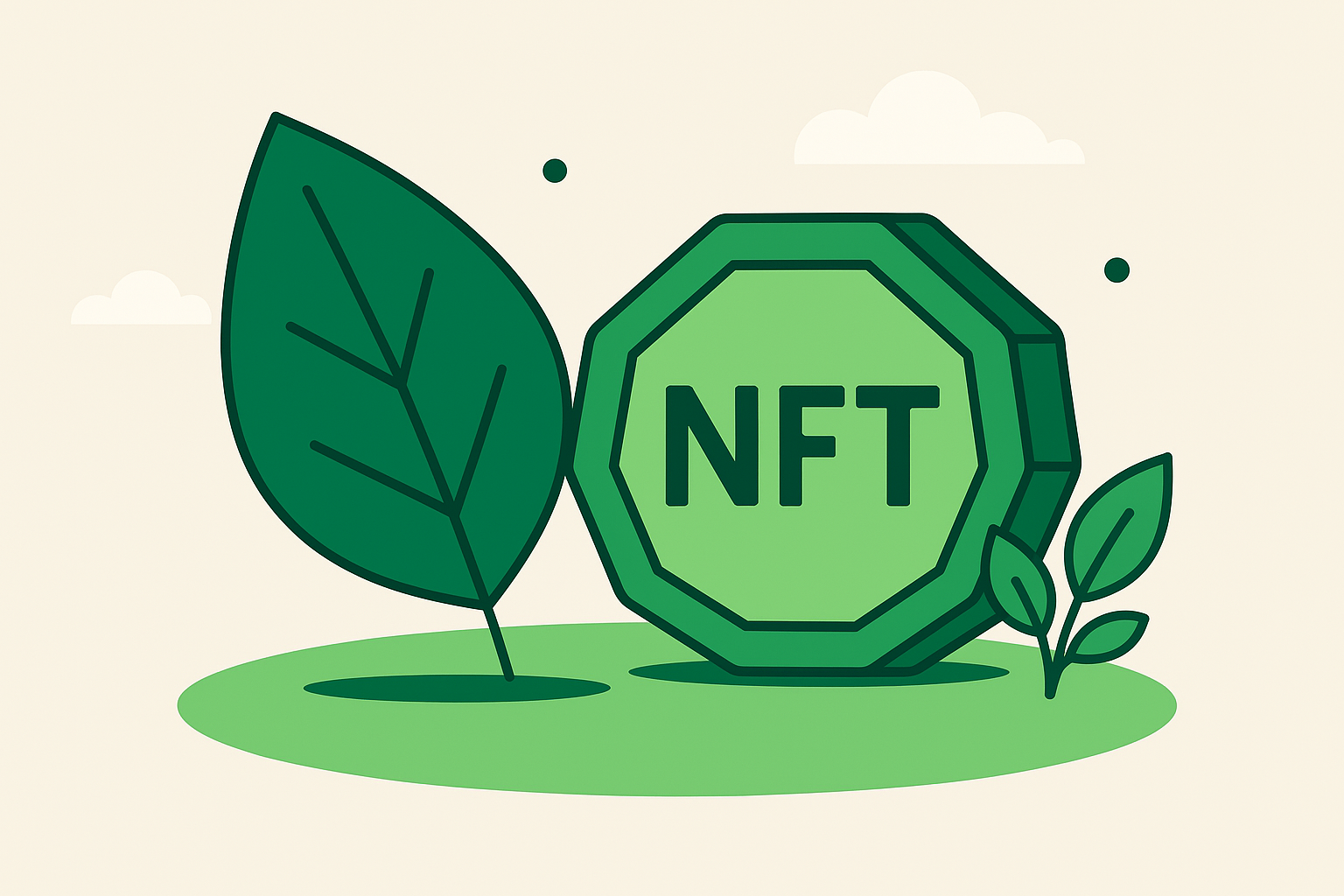In a bold move aimed at revolutionizing the carbon credit industry, JPMorgan’s Kinexys platform is developing a blockchain-based infrastructure to tokenize global carbon credits. This initiative represents a major step forward in the quest for transparency, traceability, and standardization in the voluntary carbon markets—an industry that has long been criticized for opacity and inconsistency.
The Carbon Credit Market’s Trust Problem
Voluntary carbon credits allow companies to offset their greenhouse gas emissions by funding environmental projects such as reforestation, clean energy, and methane capture. But despite their good intentions, these credits have faced scrutiny. Questions about their authenticity, double-counting, and inconsistent valuation have plagued the system, limiting their credibility and impact.
This is where blockchain technology—and JPMorgan’s Kinexys—comes into play.
Blockchain as a Trust Layer
By tokenizing carbon credits, Kinexys enables each credit to be recorded on an immutable ledger. Each token will carry essential metadata: origin, verification source, project type, carbon volume, and issuance timestamp. This tamper-proof record ensures that credits can’t be reused or misrepresented.
Not only does this increase transparency, but it also makes the credit lifecycle traceable—from issuance to retirement. For institutional buyers, ESG investors, and regulators, this represents a game-changing leap in verifiability.
Enhancing Liquidity and Global Reach
Tokenized carbon credits are also inherently more liquid. Once they’re on-chain, they can be traded in real time across global platforms, potentially opening the market to a wider range of participants. Smart contracts can automate compliance checks and ensure credits are retired properly once used—no manual processes or back-end audits required.
The standardization made possible by Kinexys could bring much-needed harmony to what has been a fragmented market composed of competing registries and methodologies.
ESG Meets DeFi?
JPMorgan’s strategic integration of blockchain into ESG efforts also hints at a broader convergence—where sustainable finance intersects with decentralized finance (DeFi). While Kinexys isn’t fully decentralized, its architecture could pave the way for carbon credits to be integrated into decentralized carbon markets, ESG-linked tokenized assets, or even wrapped into ESG ETFs.
This raises intriguing possibilities: will carbon credits become a core asset class in green crypto portfolios? Could they be integrated into tokenized bonds, real estate projects, or regenerative finance ecosystems?
A First Step Toward Green Finance Infrastructure
With this initiative, JPMorgan joins a growing number of financial giants looking to reshape environmental markets using digital infrastructure. BlackRock, UBS, and others are exploring similar paths—but few bring the scale, capital, and credibility of JPMorgan to the table.
The launch of Kinexys could set a precedent for a greener, tech-driven future where climate action is no longer delayed by outdated systems. Instead, it becomes automated, traceable, and open to global participation.
As the world races toward its climate goals, innovation like this might just be the missing bridge between finance and planet-first action.




